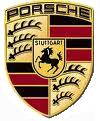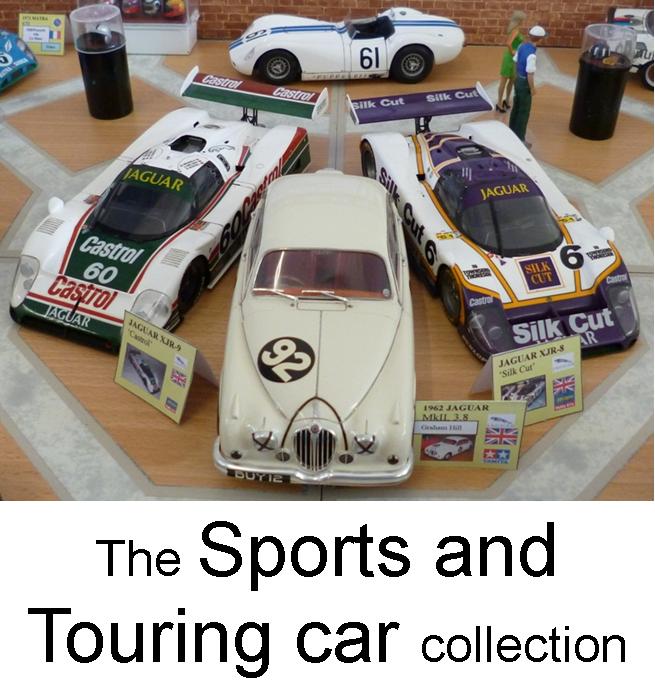When the CSI announced rule changes for the ‘Championship of Makes’ sports car racing seasons of 1968 to 1971 Porsche saw an opportunity. The Rules which reducing engine capacity were aimed at attracting F1 engine manufacturers into sports car racing, improving competition and reducing costs. As the current manufacturers in sports car racing would not have 3ltr engines available in time the CSI allowed 5Ltr Group 4 Sports Cars to participate, providing a minimum of 50 cars had been manufactured. The aging Ford GT40 and the Lola T70 coupes could still compete against these new racers which included the new Porsche 917 which won le Mans on the 14th of May, 1970.
For the 1971 Can-Am and German interserie series Porsche developed the 917 into an open Spyder called the 917-10. Hans Mezger and Ferdinand Piëch oversaw the development of the 917 and the resultant 917 derivatives. An air cooled flat-12 cyl’ engine had twin overhead camshafts and twin spark plugs fed from two distributors, it was mid positioned in the light space frame chassis and had a longitudinally mounted gearbox capable of holding four, or five, gears as needed. A horizontally mounted cooling fan sat on top of the engine in the customary Porsche manner.
As well as the engine and chassis having several exotic alloys, titanium and magnesium in their construction other methods of weight reduction were also used, like using Balsa wood for the gear lever knob and using the actual tubular frame to transfer oil to the front oil cooler rather than use exposed piping.
3 Porsche 917 Interserie built mostly out of crashed or redundant 917 coupes and these were particularly successful in the German Interserie with Leo Kinnunen using chassis 917/10-004 to win the 1972 title and also used Porsche 917 spyders to take the 1971 and 1973 Interserie titles as well. The 917-10 chassis was not so successful in the Can-Am series. The normally aspirated engines were turbo fed from mid 1972 and Mark Donohue used a 917/10 Turbo to set pole position for the 1972 Mosport Can-Am race on the 2nd of June and finished second.
By the end of 1972 the 1000hp Porsche 917-10 turbo spyders, with altered bodywork, won both the Inter series for Leo Kinnunen and the Can-Am championship for George Follmer.


Matchbox made some fantastic kits in the 1970s, most are highly saught after and a very few have been re-released by Revell since 2010. This kit, # PK-303, was also released in the USA by AMT, in the L&M sponsorship colours of George Follmer's Penske racing car as well as the Martini livery. There are several other liveries available within the slot car decal manufacturers, where this kit also enjoyed success as a conversion base for slot car racing enthusiasts, and from 'Indycals' in the USA.
The kit itself follows Matchbox typical levels of detail and occasional complexity but with a little patience builds into a lovely model. With the number of customer versions and slot car decal sets it is well worth investing in; regardless of being in 1/32nd scale or even because of that as the kit still sells more cheaply than exotic resin items!
Rod built his model of the 917-10 in the 1970s not long after it went on sale and is painted by brush with Humbrol enamels. Humbrol metal paints of the day were not at all easy to work with but this car seems to have stood up to the tests of time quite well, in some places the kit chrome plating hasn't lasted as well as the paint!
RETURN TO :-
